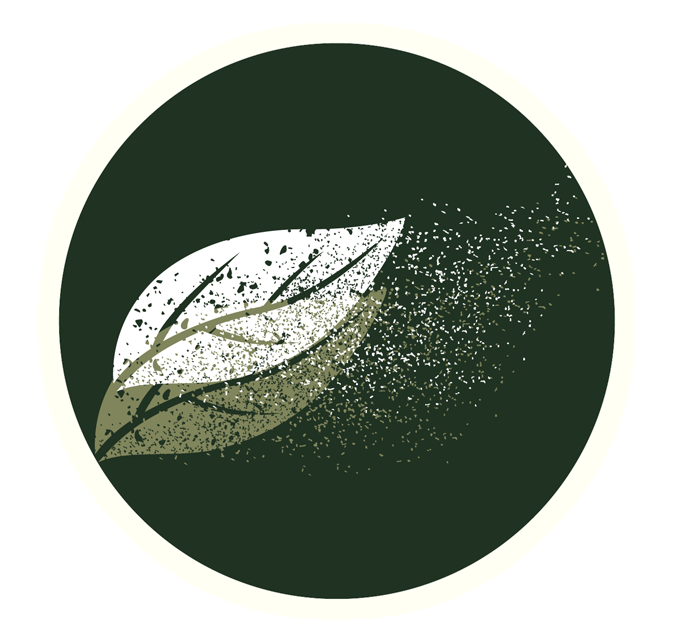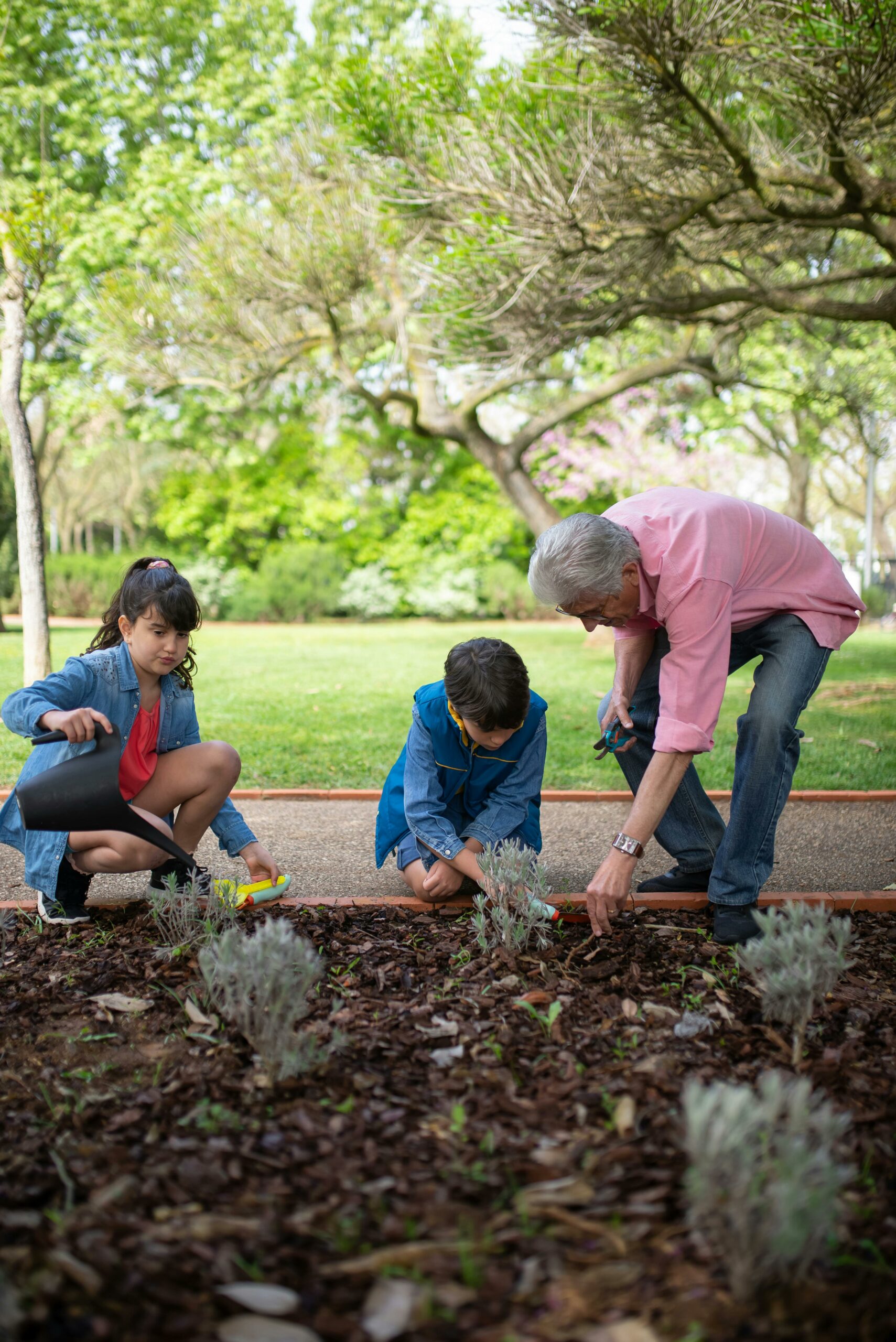One summer several years ago our house was besieged by an infestation of fruit flies, the source of which was eventually tracked down to a rotting, black banana under my teenage son’s bed. It is known in the family as Bananagate and is still referred to even though the son in question is now nearly 30.
This is not the worst example of my son’s slack ways inflicting chaos on the house – that would be the time he let his Australian carpet python (Kylie) escape and we destroyed the kitchen trying to find it (Snakegate). Unfortunately, I can’t burden you with that story here since, try as I might, I can’t link it to composting.
Back to fruit flies. If they happen to you once, you will make sure they never happen again. Fruit flies may appear at any time but are most common in summer and autumn because they’re attracted to ripe and rotting food, especially bananas, melon, tomatoes, squash and apples. Tis the season to be wary of leaving fruit lying around.
Should you be lucky enough to have teenage children who eat fruit, it is worth telling them the cautionary tale of Bananagate. Even the most chilled teenager will not appreciate battling through clouds of thousands of tiny fruit flies – each female may lay as many as 500 eggs and they proliferate quickly.
It is advised that certain fruits are stored at room temperature in a fruit bowl and left to ripen but do remember to keep an eye out that the fruit does not start to rot as the smell attracts fruit flies which lay their microscopic eggs in the fruit skins. If you then put the rotting fruit or peel in your food waste caddy and then into your garden composter you might be unwittingly transferring fruit fly eggs to the compost to hatch out later.
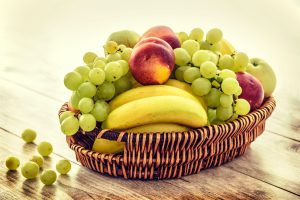
Keep an eye on that fruit bowl
Another fruit tip – when composting, if you add large amounts of fruit waste to your composter be aware that this will be high in water content. To avoid making the compost too wet (which attracts flies) it should be well mixed with equal amounts of dry carbon-rich content (i.e. ‘Browns’: woody garden waste, such as shredded twigs and dead leaves, or shredded paper/cardboard and wood chips or sawdust). An equal addition of sawdust, for instance, would be an effective and easy way to absorb some of the moisture in fruit waste.
To avoid attracting flies, reduce the smell of fruit by wrapping it in newspaper and burying it in the existing compost, then cover with carbon-rich content and add mature compost or soil over the top.
Frequent aeration also helps to break up flies’ breeding cycle, which with some types can be five days.
Good composting techniques are your best bet in preventing fly nuisance. For more tips on deterring or dispatching flies read our blog Tips to deal with fruit fly nuisance (greatgreensystems.com).
TLC for summer fruit
Summer fruit and veg can require a bit of special care to avoid creating unnecessary food waste. It’s not only annoying but shameful if you find delicate fruit turned to mush at the back of the fridge. So I was glad of the reminders in the Abel and Cole Summer Storage Guide that came with a recent delivery.
Summer storage guide
- Citrus (oranges, lemons, limes, clementines, grapefruit): store in the fridge. Green skins don’t affect the taste of your citrus. They’re just a sign of the season. Bring your fruit to room temperature before enjoying.
- Tomatoes (cherry, vine, plum): store in a cool shaded spot. Tomatoes don’t belong in the fridge. Enjoy red, slightly soft tomatoes as soon as possible. If they’re firm pop them somewhere to ripen.
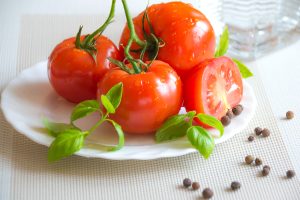
- Legumes (broad, runner and French beans, garden peas): store in the fridge. Remove from paper bags and put in a plastic bag. If you’re short on space pod them into an airtight container.
- Berries (blueberries, raspberries, strawberries): store in the fridge. Enjoy straight out of the punnet. If you put them in the fridge, make sure they’re front and centre so they don’t get missed.
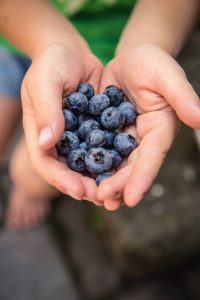
- Greens (lettuce, rocket, salad mixes, spinach): store in the fridge. Tear leaves off whole lettuces and store in a container with a lid. Your leaves will last longer and be ready to use when you need them. Keep heavy items from squashing your salad. Enjoy as soon as possible.
- Bananas: store in the fruit bowl at room temperature (NOTE: not under a bed). If they’re still green they’ll ripen faster in a paper bag where it’s warm.
- Soft herbs (basil, dill, parsley, chervil, coriander): store at the top of the fridge door – soft herbs can be sensitive to the cold, especially basil. Keep in the warmest part of your fridge – the top of the door.
- Med veg (aubergine, peppers, courgettes): store in the fridge. Enjoy sooner rather than later and don’t let them get forgotten at the back of the fridge.
- Tender fruits (pears, melons, peaches, nectarines, avocados, cherries, mango): store in the fridge/fruit bowl – test ripeness with a gentle squeeze. If they give a little, eat straight away or store in the fridge. If firm, pop them in your fruit bowl to soften up. Place next to bananas to help ripen faster.
- Miscellaneous (apples, grapes, cucumber, celery, broccoli, carrots): store in the fridge to prevent them wilting and wrinkling. Give broccoli florets a good wash before use.
- Remember that paper absorbs moisture so remove items from a paper bag and put them in a suitable container to stop them from drying out.
- Stone fruit – don’t be fooled by the colour of stone fruits. Test ripeness with a gentle squeeze. If they give a little, eat straight away or pop them in the fridge. If they’re firm, add them to your fruit bowl.
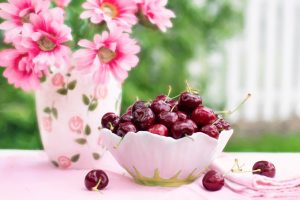
- Bunched carrots and radishes – did you know leafy tops pull moisture from roots after harvesting? Just chop their tops off before they go in your fridge. (See recipe below)
NO-WASTE TIPS
- Here’s a great recipe for using up carrot tops.
Carrot top pesto recipe
Blitz carrot tops for a speedy pesto to toss through pasta, spread over toast or stir with olive oil to dress salads.
- Trim the tops off the carrots and wash. Roughly chop.
- Pop the carrot tops into a food processor with the juice of half a lemon, 1 peeled garlic clove, 75g cashews, walnuts or almonds and a handful of grated cheese. Whizz until you have a coarse paste. Add salt and pepper as required. Loosen with a little olive oil or splash of water.
- Add strawberries whole to smoothies – the green tops are completely edible.
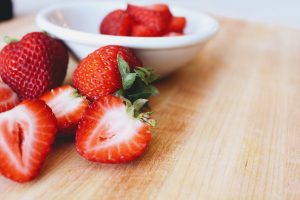
- Blend any overripe nectarines with milk and a scoop of vanilla ice-cream to make a milkshake.
- This tip from the Kitche website makes use of chillies that are going soft: freeze them then finely grate a frozen chilli to add flavour to dishes.
- This tip is great too, from Nancy Birtwhistle’s The Green Gardening Handbook:
TIP: I used to pop tomato skins into the compost bin, but not anymore! I dry them on kitchen paper, lay them on a cooling rack and simply leave them on a sunny windowsill until dry and crisp. Blitzed to a powder in a food processor, then stored in a reused spice jar, I have another layer of flavour to add to soups, stews, casseroles and pasta. Use 1 teaspoon in place of 1 tablespoon of tomato paste to thicken and add flavour to your recipes. Try this with pepper skins too.
Julie

